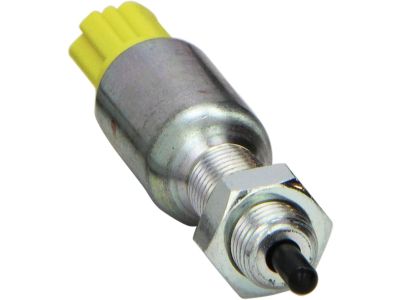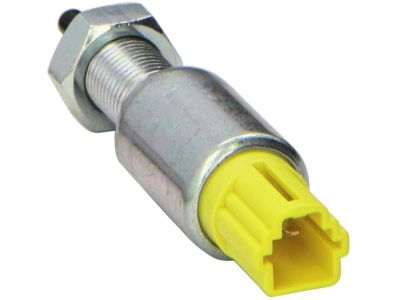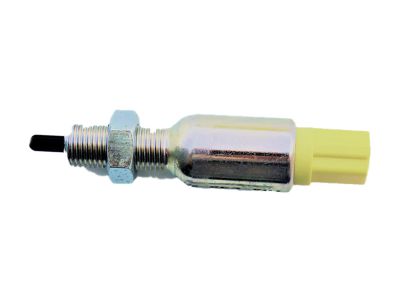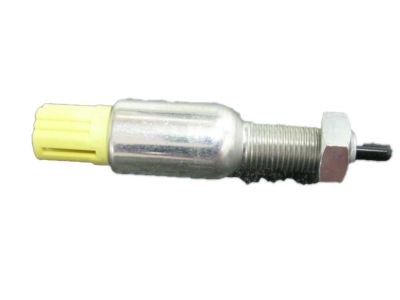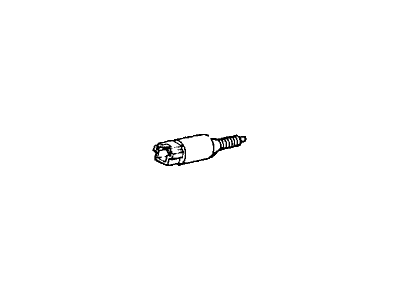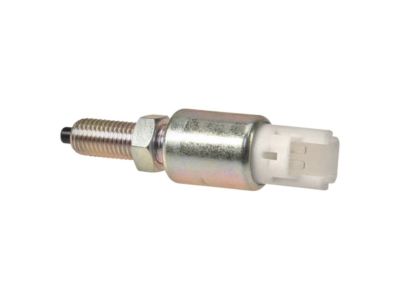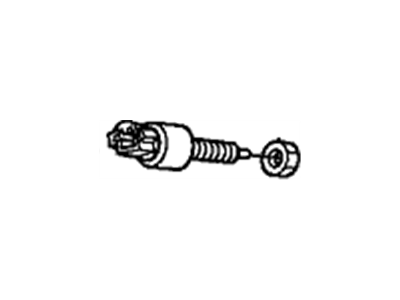×
- Hello
- Login or Register
- Quick Links
- Live Chat
- Track Order
- Parts Availability
- RMA
- Help Center
- Contact Us
- Shop for
- Acura Parts
- Acura Accessories

My Garage
My Account
Cart
Genuine Acura Integra Clutch Switch
Clutch Switch Assy- Select Vehicle by Model
- Select Vehicle by VIN
Select Vehicle by Model
orMake
Model
Year
Select Vehicle by VIN
For the most accurate results, select vehicle by your VIN (Vehicle Identification Number).
3 Clutch Switches found

Acura Integra Clutch Switch Assembly (Inhibiter)
Part Number: 35710-SE3-A01$76.98 MSRP: $109.93You Save: $32.95 (30%)Ships in 1-3 Business Days
Acura Integra Clutch Switch Assembly (Tec)
Part Number: 36760-SE0-003$51.22 MSRP: $71.43You Save: $20.21 (29%)Ships in 1-3 Business DaysAcura Integra Switch Assembly , Clutch
Part Number: 36760-T5A-J01$43.04 MSRP: $60.03You Save: $16.99 (29%)Ships in 1-3 Business Days
Acura Integra Clutch Switch
We provide a broad range of OEM Acura Integra Clutch Switch at unbeatable prices on our website. For your OEM parts, You can count on the guaranteed quality, manufacturer's warranty, outstanding customer service, and prompt delivery. We look forward to your visit.
Acura Integra Clutch Switch Parts Questions & Experts Answers
- Q: What is the function and adjustment process of the starter/clutch interlock switch on Acura Integra?A:The starter/clutch interlock switch is positioned near the upper end of the clutch pedal, secured to a bracket by two nuts that also allow for adjustment of the switch plunger's position relative to the pedal's stopper. It features two wires: one from the starter relay and another going to ground. When the ignition key is turned to the Start position and the clutch pedal is pressed, the interlock switch closes the starter relay's path to ground, activating the starter motor. If the engine does not crank with the clutch pedal depressed, the switch may need adjustment; if it still fails to turn over, the switch should be checked and possibly replaced. If the engine rotates without the clutch pedal being depressed, adjustment is also necessary. In cases where the engine won't start with the pedal depressed, there may be an issue with voltage from the starter relay to the switch or a lack of continuity between the switch terminals. To diagnose, check the voltage to the switch using a voltmeter or test light; there should be voltage in the wire from the starter relay when the ignition is in the Start position and the clutch pedal is depressed. If voltage is present on both sides of the switch, it is functioning correctly, but if not, the switch may be faulty. For replacement, unplug the electrical connector, loosen the adjustment nut, and unscrew the switch from its mounting bracket, with installation being the reverse of removal. For adjustment, loosen the locknut and turn the switch as needed to ensure continuity when the clutch pedal is depressed.
Related Acura Integra Parts
Browse by Year
2023 Clutch Switch 2001 Clutch Switch 2000 Clutch Switch 1999 Clutch Switch 1998 Clutch Switch 1997 Clutch Switch 1996 Clutch Switch 1995 Clutch Switch 1994 Clutch Switch 1993 Clutch Switch 1992 Clutch Switch 1991 Clutch Switch 1990 Clutch Switch 1989 Clutch Switch 1988 Clutch Switch 1987 Clutch Switch 1986 Clutch Switch
